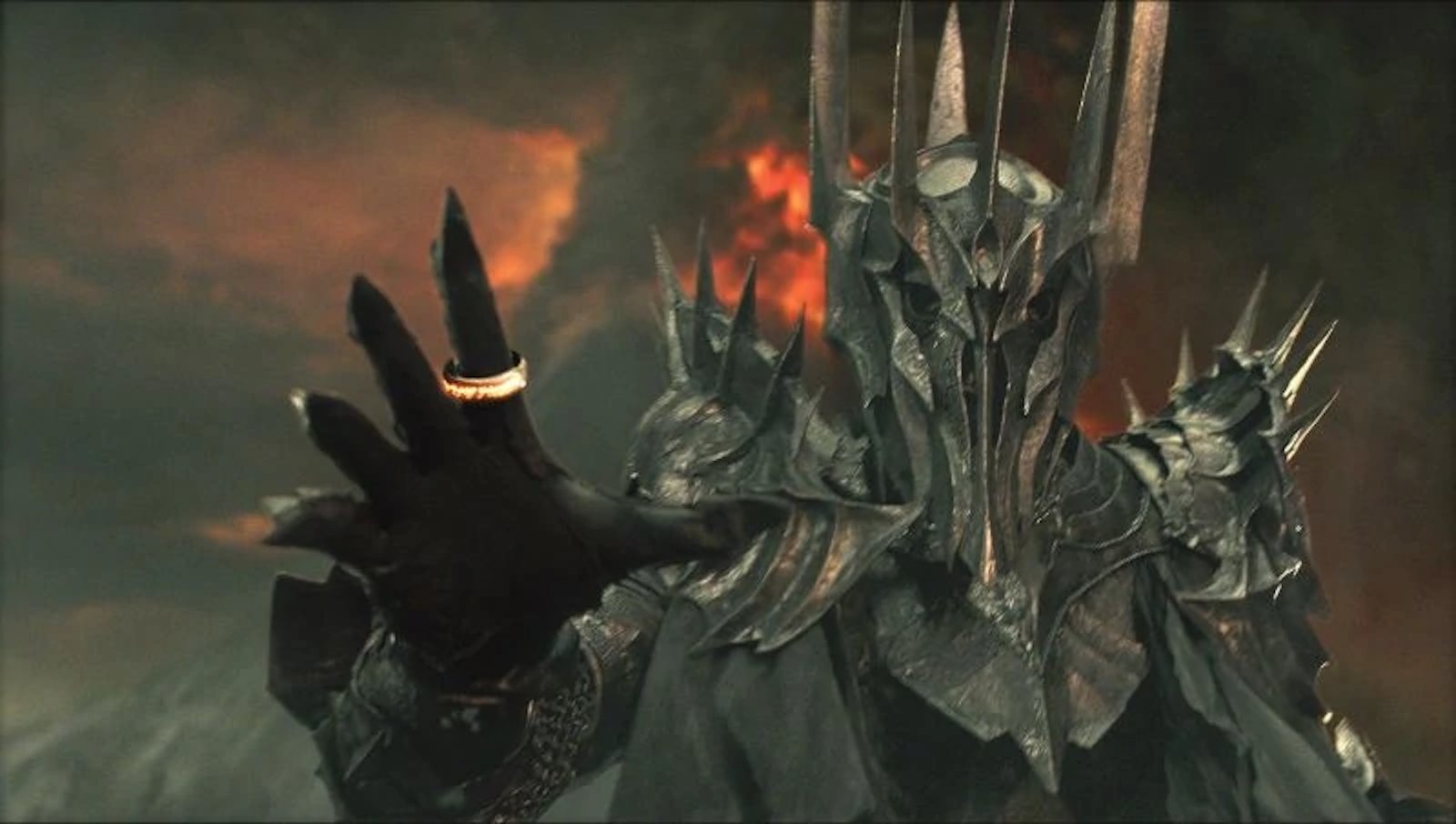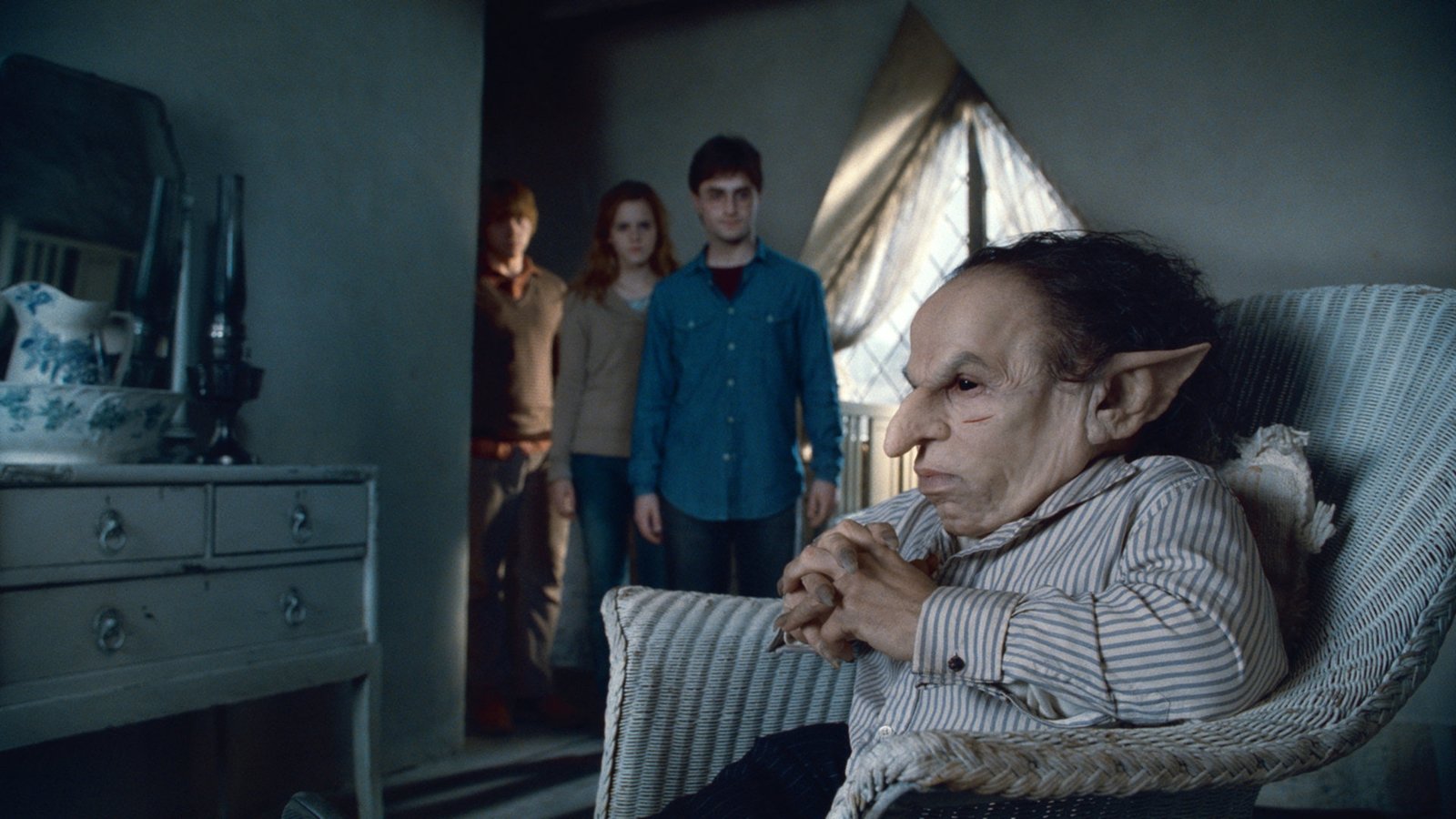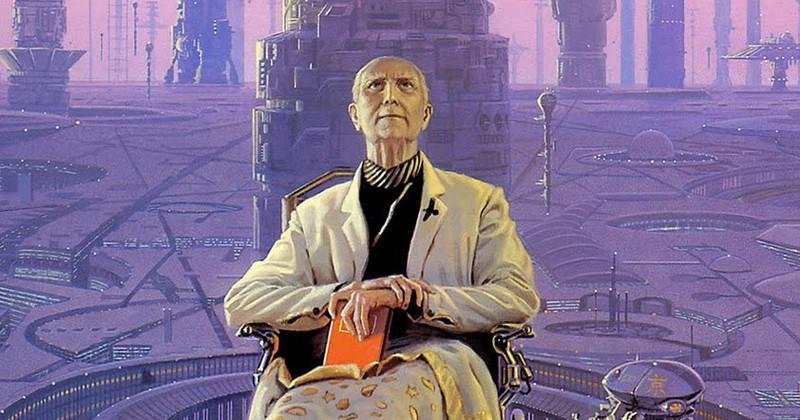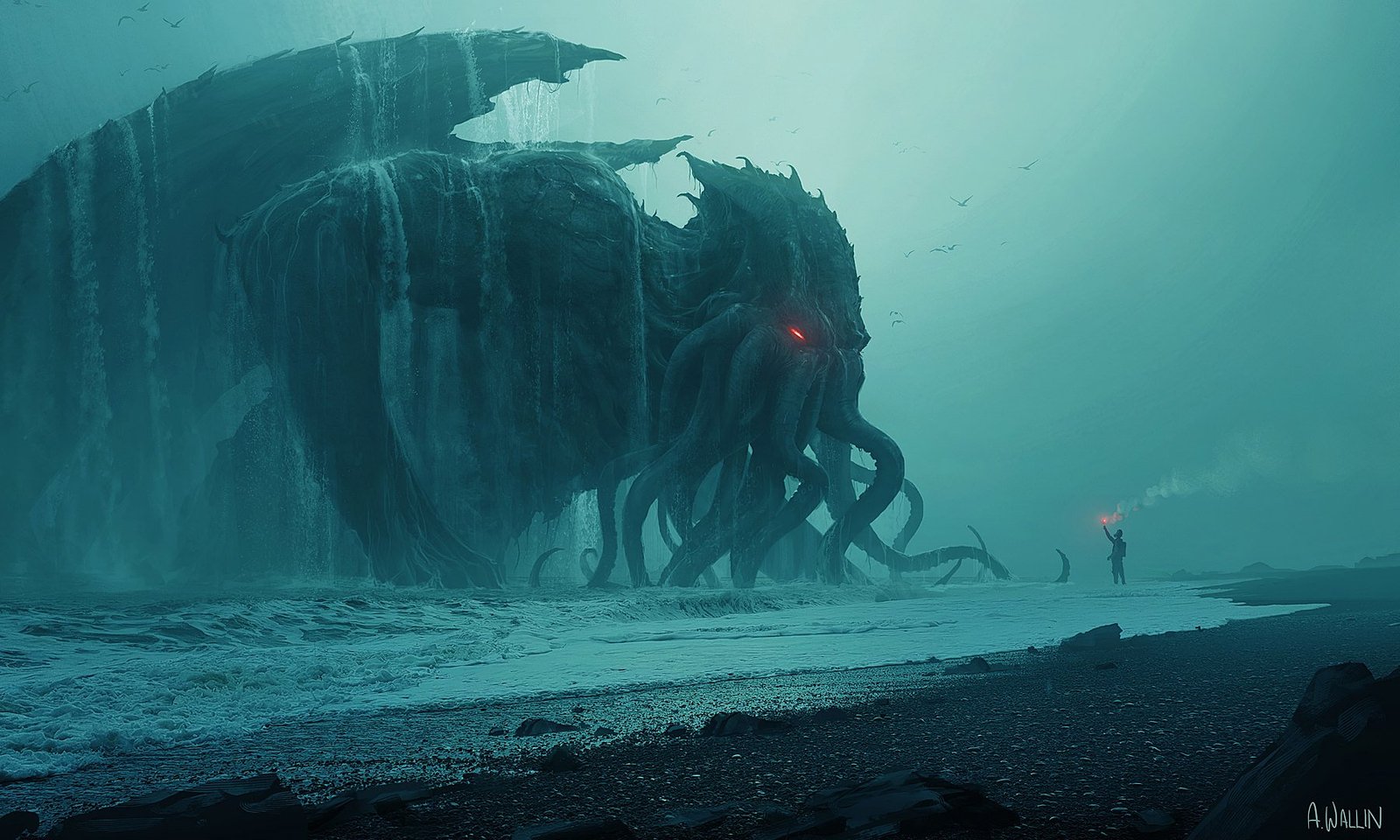
Sauron’s Rise and Fall: The Dark Lord of Middle-earth
Sauron, the second Dark Lord of Middle-earth, was a master of deception and transformation. One of his most famous guises was that of Annatar, the “Lord of Gifts.” During the Second Age, Sauron took on this fair and beautiful form to gain the trust of the Elves and forge the Rings of Power with their help.
Sauron knew the Elves would never willingly serve him, so he devised a plan to control them through the Rings. Posing as Annatar, a gifted smith and sorcerer, he befriended the Elf-lord Celebrimbor, one of the greatest craftsmen of the age. Together, they forged the Rings of Power, with Sauron secretly creating the One Ring to rule them all.
When the Elves realized Sauron’s treachery, they removed their Rings and hid the three most powerful ones. Enraged, Sauron gathered his armies and declared war on the Elves, sparking the War of the Elves and Sauron. Though he recovered 16 of the Rings, the Elves managed to conceal the three mightiest Rings from his grasp.
Sauron’s Reign in Númenor
After his defeat in the War of the Elves and Sauron, the Dark Lord turned his attention to the mighty island kingdom of Númenor. When the Númenórean king Ar-Pharazôn demanded Sauron’s surrender, the cunning Dark Lord feigned compliance and was taken back to Númenor as a prisoner.
Once in Númenor, Sauron quickly rose to become the king’s chief advisor, exploiting the Númenóreans’ fear of death. He convinced them to worship Morgoth, Sauron’s former master, promising them immortality. Under Sauron’s influence, the Númenóreans built a massive temple for these dark rituals, even going so far as to offer human sacrifices.
Sauron’s manipulations eventually led Ar-Pharazôn to launch an invasion of the Undying Lands, the realm of the Valar. This proved to be the Númenóreans’ undoing, as the Valar called upon Eru Ilúvatar, the supreme deity of Tolkien’s universe, to intervene. Eru responded by sinking Númenor beneath the waves, destroying the kingdom and its armies. Sauron was also caught in the cataclysm, but his spirit managed to escape, returning to Middle-earth to continue his dark plans.
Sauron’s Repeated Defeats
First Age: Sauron was defeated by the hound Huan, who belonged to the Vala Oromë.
Second Age:
1700 S.A.: Sauron was defeated by the Elves and Númenóreans in the Battle of Sauron.
After reclaiming his power, Sauron proclaimed himself the King of Men, but was instantly defeated by the massive Númenórean army.
3319 S.A.: Sauron was defeated and his physical form destroyed when the Númenóreans invaded Valinor, the Undying Lands, at Sauron’s urging. This led to the sinking of Númenor.
Last Alliance of Elves and Men: Sauron was defeated again, this time losing his One Ring, though his spirit endured.
Third Age:
Sauron, disguised as the Necromancer, was driven out of Dol Guldur by the White Council.
Finally, Sauron was defeated for good when the One Ring was destroyed, causing his spirit to be cast into the Void.
Despite these repeated defeats, Sauron’s persistence and refusal to accept failure were truly remarkable. He would always find a way to rebuild his power and continue his dark plans, no matter the cost. Even when his physical form was destroyed, Sauron’s spirit endured, allowing him to eventually return and threaten Middle-earth once more.
Sauron’s Downfall in Númenor
Sauron’s manipulations in Númenor ultimately led to the kingdom’s downfall. After convincing the Númenóreans to worship Morgoth and attempt to invade the Undying Lands, the Valar called upon Eru Ilúvatar to intervene.
Eru responded by sinking Númenor beneath the waves, destroying the kingdom and its armies. Sauron was also caught in the cataclysm, but his spirit managed to escape, returning to Middle-earth to continue his dark plans.
This event had several important consequences:
It changed the shape of the world, making it impossible for mortal men to reach the Undying Lands.
Sauron lost a significant portion of his shape-shifting abilities, no longer able to appear in fair and beautiful forms to deceive others.
Sauron was greatly diminished, both in power and in his ability to rebuild his physical form, as each destruction consumed more of his spiritual essence.
Sauron’s Final Defeat
After the downfall of Númenor, Sauron returned to Middle-earth, where he continued to gather his strength and influence. He established himself in Dol Guldur, posing as the Necromancer, and began amassing a new army to conquer the free peoples of Middle-earth.
However, Sauron’s plans were ultimately foiled when a Fellowship was formed to destroy the One Ring, the source of his power. After a long and perilous journey, the Ring was finally cast into the fires of Mount Doom, causing Sauron’s physical form to be destroyed and his spirit to be cast into the Void, unable to ever return to the world.
This final defeat was the culmination of Sauron’s long and tumultuous history in Middle-earth. Despite his immense power and cunning, the Dark Lord was ultimately undone by his own hubris and the determination of the free peoples to resist his tyranny. The destruction of the One Ring severed his connection to the physical world, leaving him as a disembodied spirit, doomed to wander the void until the end of time.
Conclusion
Sauron’s story is one of relentless ambition, deception, and the consequences of unchecked power. From his early days as Morgoth’s lieutenant to his rise and fall as the second Dark Lord of Middle-earth, Sauron’s legacy is marked by his unwavering determination and his willingness to use any means necessary to achieve his goals.
Despite his numerous defeats, Sauron’s persistence and adaptability made him a formidable foe, one that required the combined efforts of the greatest heroes of Middle-earth to finally overcome. His story serves as a cautionary tale about the dangers of unchecked evil and the importance of vigilance in the face of such a persistent and cunning adversary.













Publicar comentário